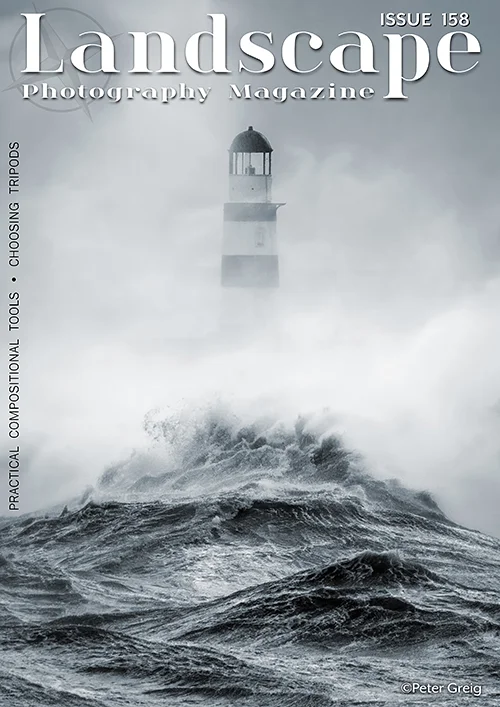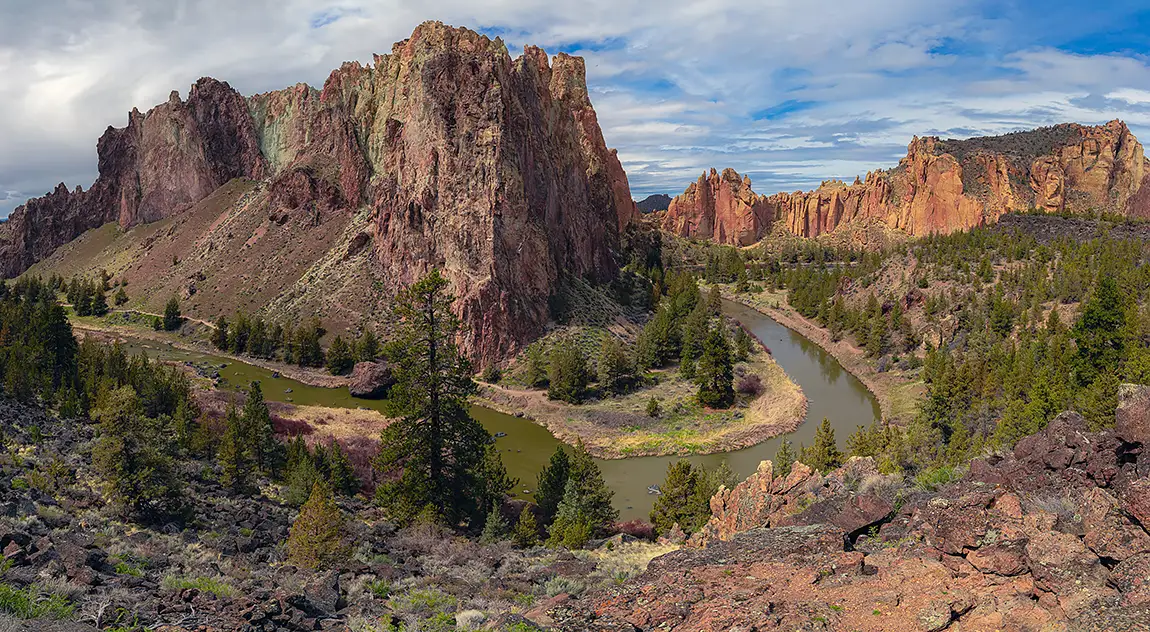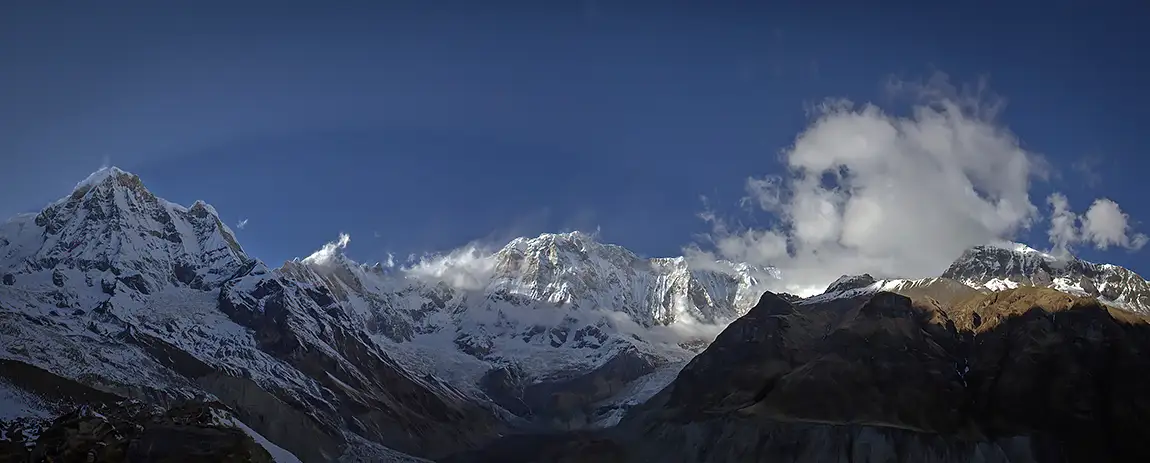A wide-angle lens is a crucial tool for landscape photographers, enabling the capture of vast and sweeping vistas. Typically, rectilinear wide-angle lenses span a focal range from 14 mm to 35 mm. At the longer end, a 35 mm lens offers a field of view of 54 degrees. For an even broader perspective, a 20 mm lens widens that view to 84 degrees. On the ultra-wide end, a 14 mm lens boasts an impressive 104 degrees of view. For context, the average human horizontal field of view is approximately 114 degrees (considering binocular vision, excluding peripheral vision).
Wide-angle lenses provide a significant depth of field, ensuring that nearly everything from the foreground to the background remains in sharp focus. A quintessential example is a vibrant field of wildflowers set against distant mountains. However, a limitation of wide-angle lenses is that they can make mountains appear smaller and more distant in relation to the flowers, diminishing their visual impact. This is where a telephoto lens can effectively address the issue by creating a panoramic view.
The Alaska Range stretches 600 miles across the south-central region of Alaska. In this particular section of the range, the foreground trees captured my attention, having just fully leafed out in late May. The scene was a lush green, enhanced by a spotlight of light illuminating the lower left corner. Simultaneously, I aimed to highlight the rugged, snow-capped mountains as a striking contrast to the spring landscape without compromising their scale. Therefore, I utilized the Sony 200-600 mm F5.6-6.3 lens—typically my go-to for wildlife photography—at 300 mm to create this expansive vista! I captured two rows of eight horizontally oriented photos, totalling sixteen images. These were seamlessly stitched together in Lightroom Classic, resulting in a stunning 120-megapixel panorama! The detail is remarkable, and the telephoto “compression” accentuated the seasonal contrast between the foreground and background.









